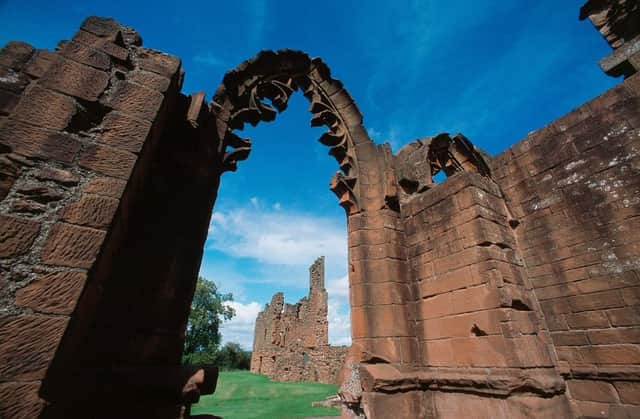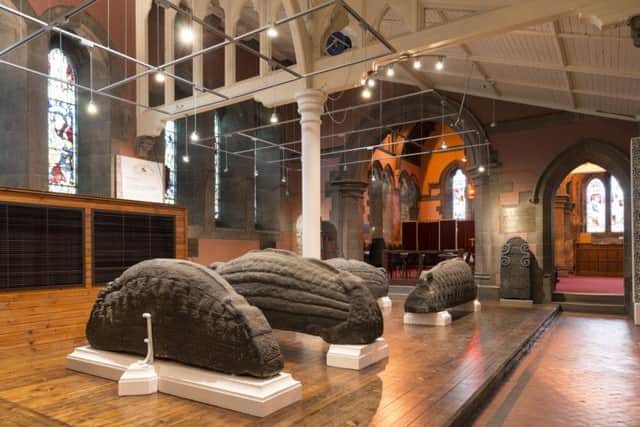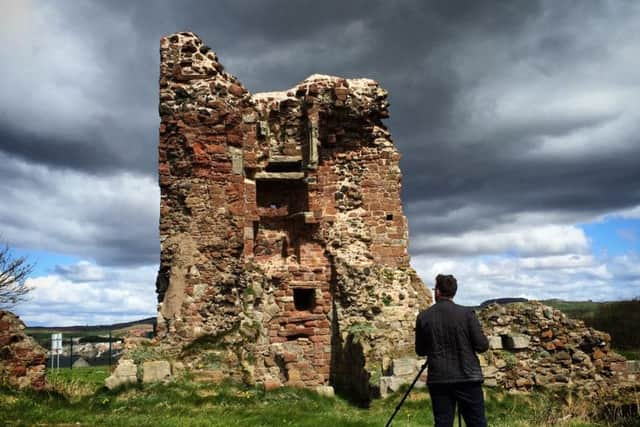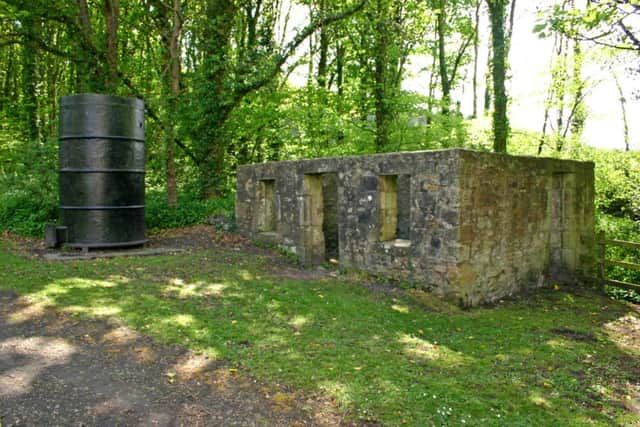Scotland's top six historical '˜hidden gems' revealed


Now the Govan Stones, a collection of more than 100 carved crosses and grave markers dating from the ninth-11 centuries, have been voted as Scotland’s favourite historical hidden gem.
They received more than 2,000 votes in a nationwide poll carried out to promote some of the country’s lesser known tourist attractions.
Advertisement
Hide AdAdvertisement
Hide AdThe stones are housed in Govan Old Parish Church, a Victorian building which stands in a graveyard that has been in use for at least 1,500 years.


The parish was once a stronghold of the kingdom of Srathclyde, a Brittonic-speaking land that was centred around Dumbarton Rock, until it gradually came under the control of Scots kings from the 11th century onwards.
The five large ‘hogback’ stones found in Govan suggest that it was occupied or at least partly settled by Vikings, who carved similar monuments across Ireland and Scandinavia.
Ardrossan Castle, a medieval ruin which once played host to some of Scotland’s most powerful people including William Wallace, came in second place.
The Howff, a 453-year-old graveyard, landed in third place with over 1,000 votes. Fourth place was claimed by the James Watt Cottage - a former workshop of the Scots inventor which stands in the grounds of Kinneil House in Bo’ness.


Campbeltown Picture House, one of the earliest surviving purpose-built cinemas in the UK, came in fifth place with over 800 votes. The final spot was claimed by Lincluden Collegiate Church, where visitors can still find angels and cherubs carved in the stone.
As part of the 2017 Year of History, Heritage and Archaeology, Scotland’s six World Heritage Sites were celebrated with six events in April. The organisers then set out to find six “lesser-known” sites to bring them into the spotlight as well.
Advertisement
Hide AdAdvertisement
Hide AdThe ‘Scotland in Six – Hidden Gems’ campaign began in June after 28 sites were nominated by local groups and organisations. Voting took place on Facebook, where one “like” equalled one vote.
The six winning Hidden Gems sites are now preparing to mark their victory with six events during Scottish Archaeology Month in September.


Dr Jeff Sanders of Dig It! 2017 said: “The people who nominated the sites have put an enormous amount of time and effort into the promotion and it’s been great to see members of the public respond with equal enthusiasm - whether they’re sharing childhood memories or discovering a site for the first time.”